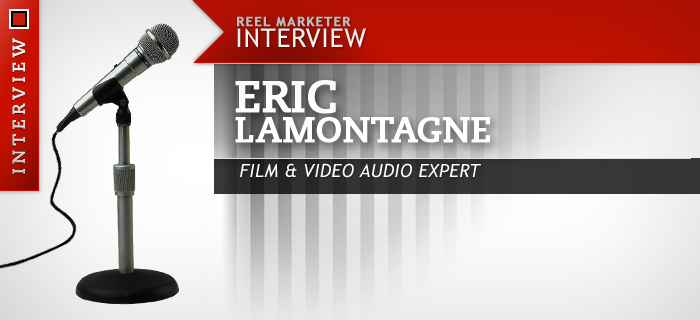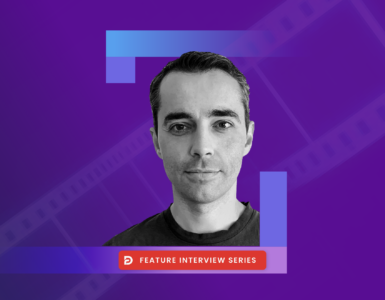It's true! Good Sound is more important than video in a video production, in our opinion! We at Reel Designer are firm believers in this – so we're proud and lucky to have had the chance to interview a professional in on-location audio for film and television:
Hello Eric, you're a seasoned pro in your field, and have worked in some big name, well known films! For the uninformed, please tell us about who you are, and your competent, what you've done (location audio background) and what you do.
ERIC LAMONTAGNE: Hey, thanks for inviting me to share with your audience! Although I don't feel old enough to be a seasoned pro yet, I have been involved in location sound mixing and recording for something like 15 years, now under Acme Location Sound Inc.
Film and video work has held the majority of my interest though I have also enjoyed working with live music and theatre as well as music recording and production.
Fair enough – you're definitely a professional though, through and through! Some professional video producers will confess that good sound is MORE important than poor lighting. Audiences Williston be more forgiving of poor visuals, but if you can't hear what's going on what's the point! Why is this so? What is about poor sounds that makes viewers so unapologetic?
ERIC LAMONTAGNE: Saying sound is more important is quite a statement! Many storytellers would argue that moving picture started silent and that audiences were entertained. That said, I believe I do understand the need for sound that supports the image but sound must only carry the story naturally.
Some great blockbuster films have replaced most of the original audio performances, and not try over shadow the visuals.
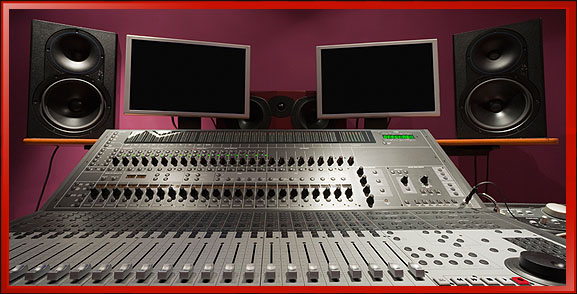
Some performers I have worked with prefer to complete their performance in the post production studio using audio ADR (Automatic Dialog Replacement) where they can experiment and perfect. This is where the actor redoes their lines in a sound-studio.
Often there simply isn't the time, money and or technical ability to go through this replacement process. While sound can always be manipulated, corrected, and augmented after the fact, the original actors/actresses performance might never be recreated precisely to match what was recorded during performance. It has been my goal to capture as much live performance on the day of production as possible, a personal and professional goal that I share with many fellow sound crews.
At the end of the day though, my role is to do my best to capture the performances to support the story.
I've noticed that sound is too often an under-appreciated job by those not in the know. Of course, everyone certainly notices if any undesirable sound issues crop up! Continuing on, when a low-end or DIY (Do It Yourself) production, perhaps a solo operation with shooting using the built-in camera microphone rather than a pro external setup and they experience poor sound, typically what are they doing wrong?
ERIC LAMONTAGNE: Today, its super easy to pickup a video camera and make a movie. Thanks to inexpensive and accessible technology this is really available to all of us and I would recommend anyone try it. Grab some friends, use your iPhone throw it into iMovie, pop some corn and enjoy! I've done it and I'm no Scorsese. What we all quickly realize is you can tell a story easily enough, quality in many areas of production can be lacking… Sound is one of those areas. Wind noise, wide sounding audio, hard to hear words, clicks, pops, stumbles, planes trains and autos, the sky is the limit!
Back in school they taught me to “Start with the Source”, storytelling is as much technical as it is creative. There are some practical ways to make the best of the worst situations though.
First, grab the best headphones you can afford, put them on and listen to them. Music, movies, whatever. Train your ears to hear all the instruments in a band, the wind in the trees, the refrigerator in Requiem for a Dream.
Next, train your performers to speak up loudly and clearly. All too often your subject will mumble and mutter their way through the performance. Sometimes this happens because they are new or nervous or because they think it makes them sound cool!
Last, move your mic(s) closer to the source. This might mean moving your camera with built in mic closer, this may mean plugging in an external mic on a pole and hanging it over someone's head. With your headphones on you will be hearing what the mic ‘hears' and that will give you the chance to make it sound better.
Fantastic practical suggestions Eric – I recommend everyone give these suggestions a try and see for yourself how each element plays a role. What other steps that one should do to ensure they're covering their bases in terms of good sound?
ERIC LAMONTAGNE: Easy! Source. Talent. Gear. (In this order!)
What do you mean exactly, and how do these points count?
ERIC LAMONTAGNE: #1. Source. Ok, from concept to script to performer to microphone/lense to recorder; movies always reflect the source. This is the most simple description but I feel it reminds the storyteller where the gold comes from. Trust your ears and what you heard during rehearsal and what your headphones are telling you sound-wise.
Try to imagine the final product and what you want to hear at the end of it all. While writing, rehearsing, directing and or filming, your eyes and your ears are the only senses you can trust to ensure your story is being told. The sound of the first take gives you all the clues you need to ensure that your vision is getting recorded. Don't rush through it because in the first moments is when you have the most influence on the final product.
#2 Talent. Work with the best you can, always. No one builds a their own house solo without experience first. Find those around you who are sympathetic to your project, to your script and ideas. Always try to work with the most experienced people you can in front and behind the camera… and learn from them. Ask questions.
Do your homework to make the filming efficient with advise from those helping you.
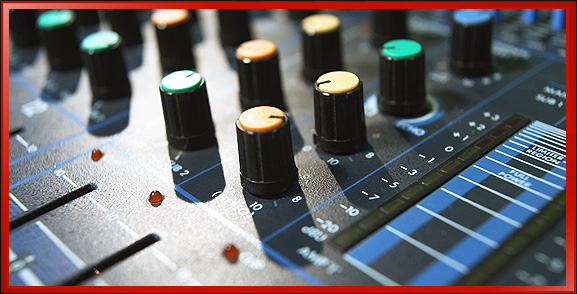
#3 Gear. Have you ever replaced the brakes on your vehicle with a screwdriver, adjustable wrench, hammer but no manual? If you want to do it all yourself with your handy-cam, do so, but allow yourself to make mistakes and make the learning part of your process.
If you are looking for quality results be realistic. Borrow or rent the best and most simple set of gear you can with hopefully the operator to come along with it. Moviemakers often set this goal of being one person orchestras and collectors of obscure expensive electronics. I don't believe that a $17,000 sound recorder compensates for a poor performance, neither does it ensure a perfect recording in the hands of a newbie.
However, trust the advice of an experienced pro even if it's merely a ten minute phone call. A good plan with appropriate gear to service your project will be a lifesaver.
What about a professional – what does a professional audio specialist or film crew being to the table, and is it worth it?
ERIC LAMONTAGNE: Do you go to the doctor? Have you found the best ever mechanic that you trust? Or do you get your insurance from uncle Hairy in a dark alley because he is cheap and gives sexy calendars? We can't all be masters of everything, I've tried without success. What I am good at isn't always what you are good at.
In the feature film world, you can tell what department a crew member is belongs to by what he or she carries on their belt. Sash and pony clips for grips, C47s and gloves for the sparkies, comteks and a stop watch for the script supervisor, a walkie-talkie for an assistant director, headphones for the boom operator, nothing on the Director, and a cell phone for the producer. Why? It's because traditionally experienced pro crew members does what they do well, and fast. I've worked on projects where we spend a half million dollars a day, there isn't time for learning… just doing.
In the land of TV and video for the web the rules are often non existent. It's up to each project to customize it's working crew to suit the budget and project to provide for success. It's possible to do it all yourself, it's probable two heads are better than one, intermingle experience into your project and it's a petri dish with huge potential.
Add someone with a sound package that you trust who has listened to their headphones for three years on ten Indie films and pay them for their dedication to your project and you can relax and focus on the 999,999 items on your list.
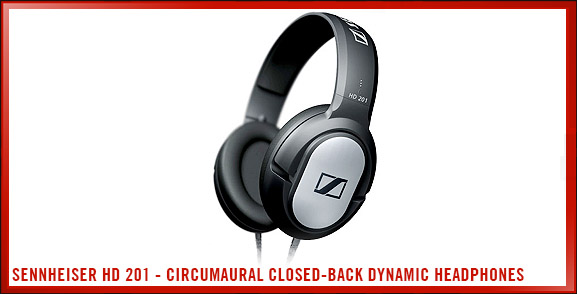
Great advice, Eric! Any advice out there for an organization looking to make use of audio in their first production?
ERIC LAMONTAGNE: Give me or another sound pro you trust a call and discuss your project! Big things start small…. but have big vision.
So true. In a nutshell, what are the steps after getting good audio on location?
ERIC LAMONTAGNE: Post production audio can be really tricky. Most picture editing software performs poorly when it comes to audio. Sure you can “hear what is being said”, but is it worthy of being posted online or broadcasted? Audiences have very high standards of taste thanks to half a century of broadcast television. Will there be distractions left in your project or is your plan to use subtitles and lay in some thick music soundtrack? Again, check with someone who has gone through this process. Mixing is an art but there is also broadcast standards, waveform editing, equalization, compression, synchronization, blending of music, foley, sound effects, etc.
Eric, glad we've been able to highlight your style and business! Anything else you would like to share?
ERIC LAMONTAGNE: Separate your project into three parts: Pre-production, Production and Post-Production. Your amazing ideas need planning, talent and follow through to keep them amazing. Success in audio depends greatly on many steps along the way.

